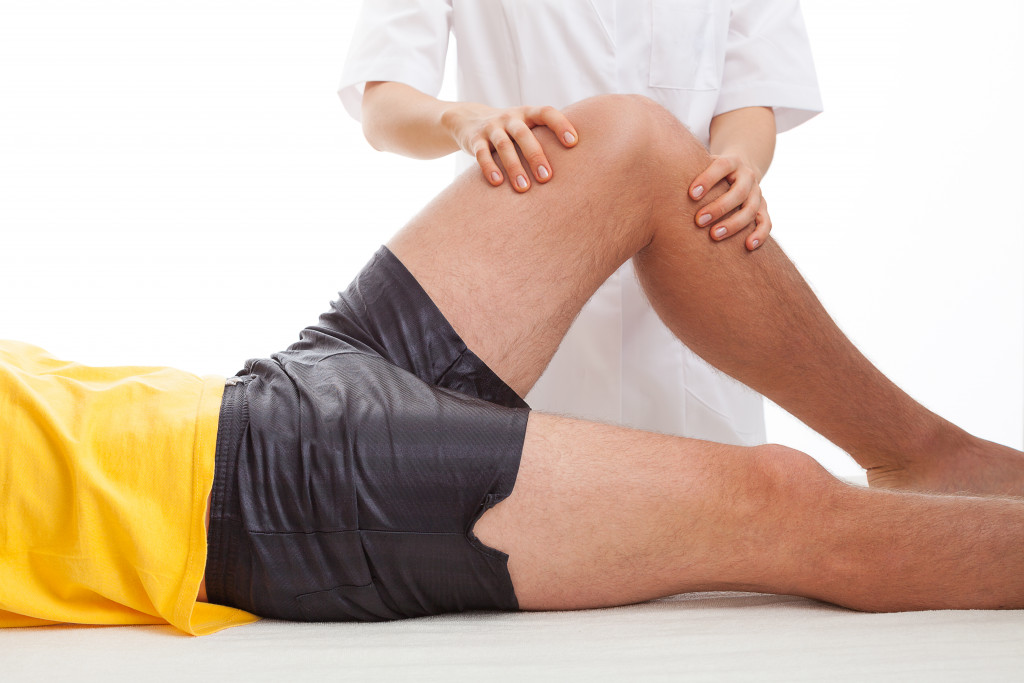- Tailored rehabilitation and advanced physiotherapy techniques can significantly enhance an athlete’s post-surgery recovery.
- Remote patient monitoring provides real-time health data, enabling precise treatment adjustments and immediate interventions.
- Regular follow-ups, including progress assessments and emotional support, ensure smooth, complication-free recovery.
- Interdisciplinary collaboration and technological aids are vital strategies to expedite an athlete’s return to the sport.
Injuries necessitating surgery frequently spell a significant setback or even a premature end to an athlete’s career. The severity of these injuries often results in prolonged recovery periods and intensive rehabilitation. In some instances, athletes may never regain their pre-injury level of performance, significantly affecting their career trajectory. A study by the American Orthopaedic Society for Sports Medicine found that nearly 40% of athletes who had undergone ACL surgery never returned to competitive play. The study also highlighted that those who did return took an average of over nine months to regain their former performance capability. These statistics underline surgical injuries’ profound impact on an athlete’s career.
Clinics and hospitals, fortunately, can step up their game to ensure the best possible outcomes for recovering athletes. Such a commitment would involve providing a comprehensive care plan following surgery. Here are a few to consider:
Physical Therapy

Rehabilitation should not be a one-size-fits-all approach. Each athlete is unique, and their recovery process will hinge on their circumstances, including the type of sport they participate in, their injury’s nature and severity, and their overall physical condition. Therefore, hospitals and clinics can improve their support by developing tailored rehabilitation programs considering these factors.
Advanced Physiotherapy Techniques
Incorporating advanced physiotherapy techniques into rehabilitation plans can promote faster recovery. For instance, hydrotherapy allows athletes to begin physical therapy sooner, as the water’s buoyancy reduces the stress on their surgical sites. Additionally, manual therapies, including massage and joint mobilization, can help to alleviate post-surgery discomfort and facilitate the regaining of mobility.
Use of Technological Aids
Exploiting the potential of technological aids can be a game-changer for athlete rehabilitation. Equipment such as anti-gravity treadmills, which reduce weight-bearing forces, can aid in the earlier commencement of running or walking exercises. Likewise, virtual reality devices can simulate game scenarios, allowing athletes to practice sport-specific movements during recovery safely.
Interdisciplinary Collaboration
The complexities of sports injuries often require the expertise of various medical professionals. Hospitals and clinics can ensure a holistic approach to athlete recovery by fostering interdisciplinary collaboration. This team may include sports medicine physicians, physiotherapists, nutritionists, and psychologists – all working in concert to expedite an athlete’s return to their sport.
Remote Patient Monitoring

Remote patient monitoring technology is an invaluable tool for athlete rehabilitation post-surgery. This technology can provide real-time health data to healthcare providers, allowing for more precise treatment adjustments and immediate intervention if problems arise. With athletes often keen to resume training as quickly as possible, this constant feedback loop can help manage their expectations and prevent them from rushing back prematurely, risking re-injury.
Furthermore, remote patient monitoring technologies like wearable sensors can track an athlete’s range of motion, strength, and critical recovery markers. This data can then be analyzed to assess progress and tailor their rehabilitation program more effectively. Notably, remote patient monitoring also offers the convenience of remote consultations, reducing the need for frequent clinic visits. This saves athletes valuable time, enabling them to focus on their recovery and eventually return to competitive sports.
Conduct Follow-Ups
Following an athlete’s surgery, conducting regular follow-ups is crucial to ensure a successful recovery and prevent potential complications. These check-ins allow healthcare providers to monitor the progress of the athlete’s healing, adjust treatment plans as necessary, and address any concerns or symptoms that may arise. Most importantly, follow-ups serve as a platform for communication between the athlete and the healthcare provider, fostering a supportive and collaborative recovery environment. With consistent follow-ups, athletes can feel more engaged in their recovery process, potentially leading to better adherence to rehabilitation plans and, ultimately, a faster return to their sport.
Regular Assessment of Healing Progress
Regularly assessing an athlete’s healing progress during follow-ups can provide valuable insights into their recovery trajectory. This often involves physical examinations, reviewing symptoms, and, where necessary, further diagnostic tests. Ensuring the surgical site is healing as expected and there are no signs of complications, such as infections or adverse reactions to any medications, is instrumental in the athlete’s recovery process.
Adjusting Rehabilitation Plans
Follow-ups allow healthcare professionals to adjust rehabilitation plans based on an athlete’s progress. This might mean increasing the intensity of physiotherapy exercises, introducing new activities, or even scaling back if the athlete is experiencing pain or discomfort. By closely monitoring and modifying the plan, healthcare providers can ensure the athlete’s recovery is on track, minimizing the risk of setbacks.
Providing Emotional Support and Education
Finally, follow-ups serve as a vital opportunity to offer emotional support and education to the athlete. Recovering from surgery can be physically and emotionally challenging. By providing reassurance, addressing concerns, and explaining what to expect in the following stages of recovery, healthcare providers can help to alleviate anxiety and foster a positive mindset, which is beneficial for the athlete’s overall well-being and recovery prospects.
Final Thoughts
Injuries necessitating surgery substantially impact an athlete’s career and can be challenging to manage. However, hospitals and clinics can offer comprehensive support for post-op athletes with the right approach. By developing tailored rehabilitation plans incorporating advanced techniques, remote patient monitoring, interdisciplinary collaboration, and regular follow-ups – amongst other strategies – healthcare professionals can ensure athletes have the best chance of recovering to their pre-injury level of performance.
